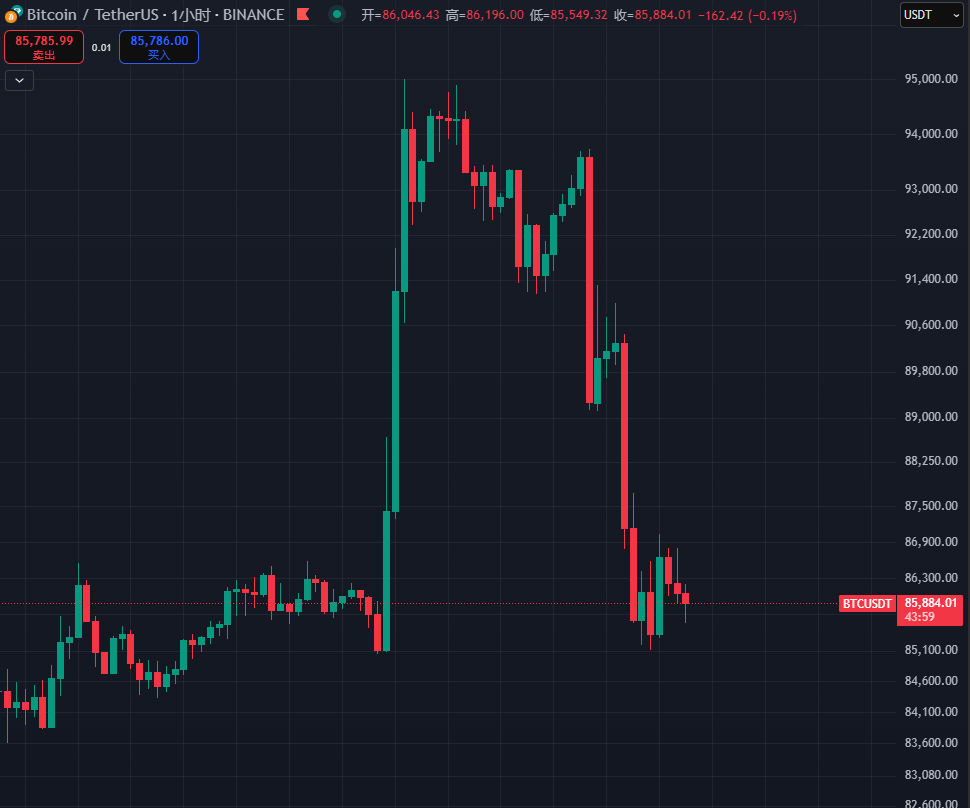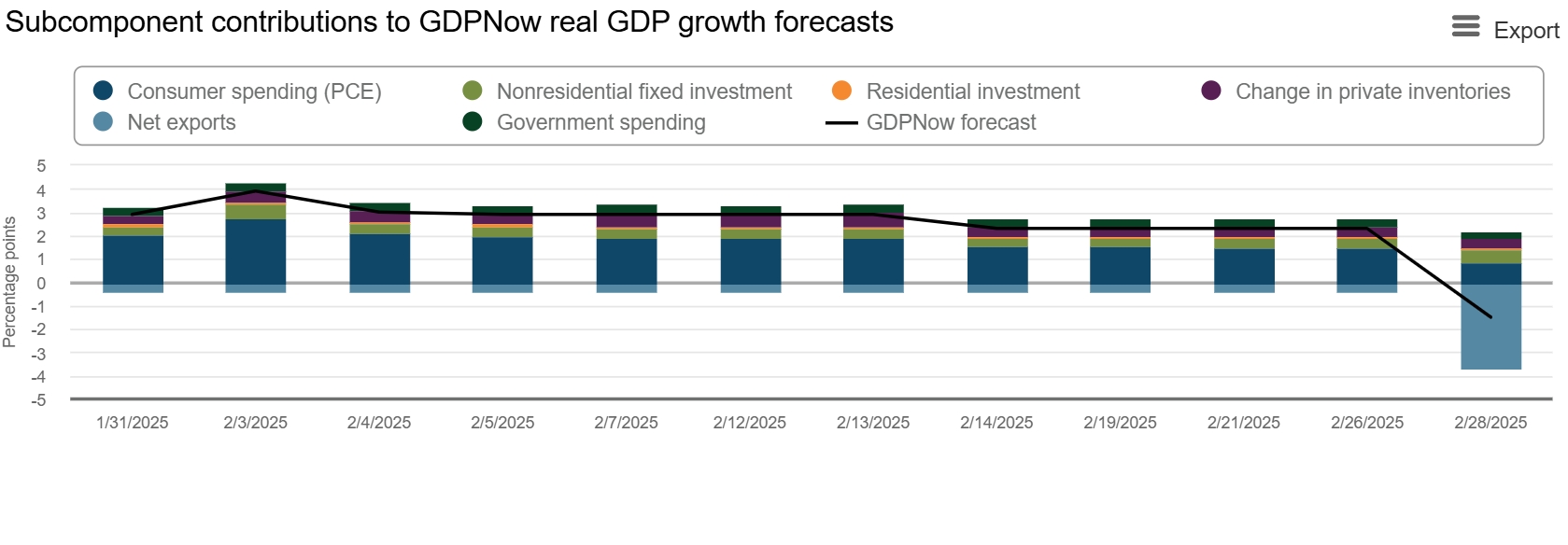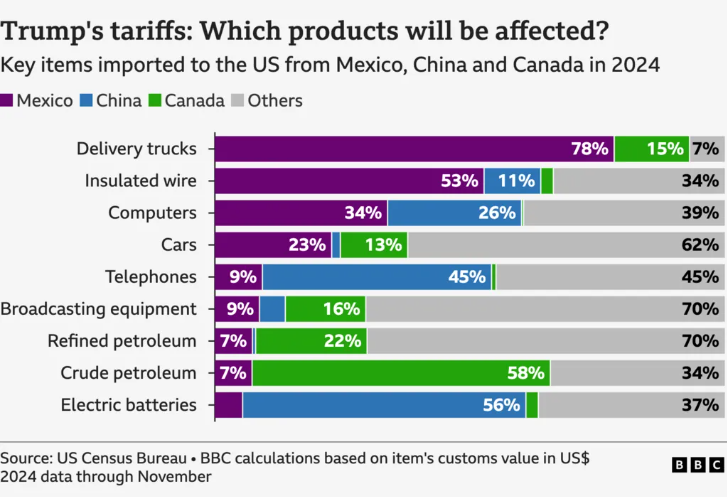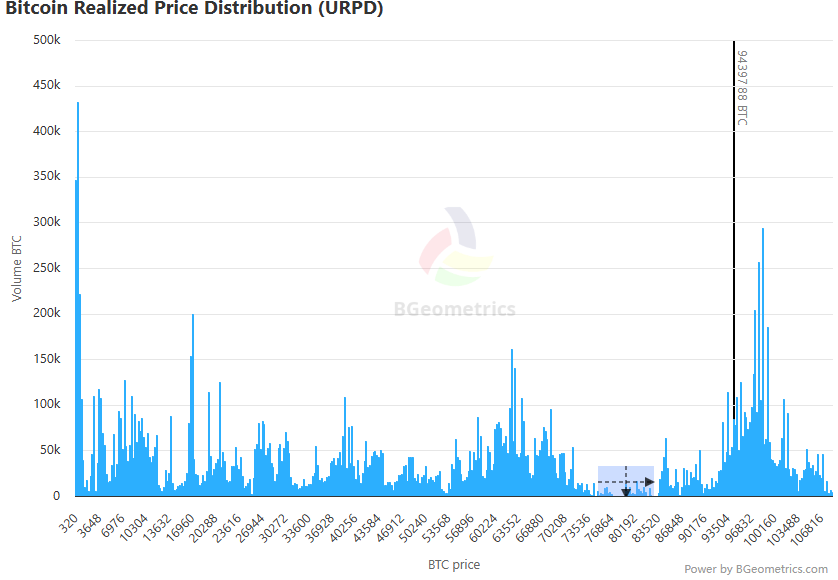Behind the market's "one-night painting gate": Who is directing this bull-shou game?

Reprinted from panewslab
03/05/2025·3MIn the early morning of March 4, the "shocking night" in the crypto market allowed investors to deeply understand the cruelty of the crypto market. The market shows that BTC fell rapidly from its weekend high, falling below $86,000, a 24-hour decline of 4.39%; ETH even lost $2,200, a drop of more than 6%. This plunge not only filled the gap of CME Bitcoin futures $77,000, but also opened up the deep contradictions under the appearance of market prosperity - when policy favorable policies, technical laws and capital game are intertwined, who is actually influencing the direction of the market? .

Up Prosperity Illusion: The "Paper Bull Market" on March 2
Looking back at the grand occasion when Trump announced the inclusion of XRP, SOL, and ADA in the US strategic reserves on March 2, the scene of Bitcoin soaring by $10,000 in 3 hours seems like a different world. However, the data on the chain reveals the essence of this carnival: it is a "castle in the air" driven by futures leverage.
- The spot market is falsely hot: Although major exchanges recorded a net inflow of 13,000 BTC, Binance's spot trading volume was only 65,000 BTC (about 5.97 billion US dollars), far lower than the 104,000 BTC (7.7 billion US dollars) in the same level increase in November last year. What really drives the price is the surge in futures holdings of CME and Bybit - the total number of open contracts exceeded $53.8 billion, of which $14.3 billion is concentrated in CME.
- The "reverse signal" of stablecoins: the on-chain reserves of USDT and USDC decreased by US$580 million within 24 hours, and the proportion of stablecoin/BTC trading pairs soared to 67%. This seems to be a flood of funds into the crypto market, but in fact it is the "spreading" of existing funds under the catalysis of leverage.
- The Giant Whale's precise harvest: The address holding 1,000+BTC increased by 42,000 yuan during the surge, but three of the anonymous addresses transferred more than 10,000 yuan in a single transaction. The on-chain track shows that most of these chips come from cold wallet activation, implying that "smart money" that has been laid out for good use.
This surge, which lacks real capital support, has long laid the groundwork for the subsequent plunge.
Macroeconomic recession shrouds the market
At present, the global macroeconomic situation poses significant pressure on the cryptocurrency market. Taking the United States as an example, the Atlanta Fed's GDPNow model predicts that by the end of the first quarter of 2025, the U.S. GDP will shrink by 2.8%, a catastrophic reversal compared to the 3.9% growth forecast four weeks ago. This recession expectation has made investors cautious about risky assets, and cryptocurrencies, as high-risk assets, are naturally the first to bear the brunt.

Since the approval of the spot Bitcoin ETF, cryptocurrencies have become increasingly closely linked to traditional financial markets. During the economic boom period, this integration may attract more capital to flow into the crypto market; but under recession expectations, its disadvantages are fully exposed. Once the US economy falls into a trough, turmoil in traditional markets will quickly spread to the crypto market, weakening investor confidence. The sharp fluctuations in Bitcoin prices over the past few days are the manifestation of this trend - although there was a brief rise over the weekend, the increase was quickly wiped out, which shows the sluggish market sentiment.
Trade War: Tariff Policy Breaks Illusions
The escalation of the trade war further exacerbates market uncertainty. US President Trump recently announced an increase in tariffs on Mexico and Canada, and made it clear that "there is no room for negotiation and negotiation." After that, he announced at Truth Social that he would implement a "reciprocal tariff" policy on the EU, Japan, South Korea and others from April 2, that is, to decide on reciprocal measures based on the level of tariffs on each country against the United States. This tough attitude exceeded market expectations. Previously, many people believed that Trump's tariff policy might be just a bargaining chip and there was some flexibility. However, the latest statements show that the tariff war has been fully launched and the market has to face this reality.

The imposition of tariffs will push up prices of imported goods, thereby exacerbating inflationary pressure in the United States. In a high inflation environment, the Fed's room for interest rate cuts is compressed, and high interest rates may last longer. This not only increases the risk of a recession, but also suppresses the cryptocurrency market that relies on liquidity and risk appetite. The market plunge on March 4 is a direct reflection of this expected adjustment.
In addition, the continued conflict between Russia and Ukraine has also cast a shadow on the market. Ukrainian President Zelensky said the war would not end soon, breaking the market's expectations for a short-term resolution of the conflict. The superposition of geopolitical risks and tariff policies has further weakened investors' risk appetite.
This series of policies not only hit the US stock market, but also affected the crypto market through the linkage effect with US stocks. Crypto market maker Efficient Frontier pointed out that if US stocks continue to weaken, the crypto market may face greater adjustment pressure.
Futures gap recoup: technology-driven recoup
From a technical analysis perspective, the recovery of the Bitcoin futures gap in CME (Chicago Commodity Exchange) is one of the important triggers of this decline. The so-called CME gap refers to the difference between the CME Bitcoin futures price and the spot price, which is usually formed after weekends or holidays. Historical data show that the probability of CME gap replenishment exceeds 90%, while the URPD (unrealized profit/loss distribution) indicator also shows that there is a significant gap around $77,000. All the URPD gaps in history have been filled.

Recently, market prices have fallen rapidly to this level and then rebounded rapidly, which is highly consistent with the characteristics of gap replenishment. In the case of market sentiment sluggish and technical selling pressure intensifies, gap replenishment often amplifies price fluctuations and forms a technical basis for the "painting door market". Although the time for recoup is uncertain, its probability and influence cannot be ignored.
Future market outlook: Regulation and capital flows become key
Looking ahead, the trends in the crypto market may be driven by the following factors:
- Market differentiation under high regulatory pressure The US SEC has set up a "crypto regulatory task force" to clearly crack down on speculative tokens that lack practical value (such as Meme coins). Fields such as DeFi and GameFi may also face scrutiny due to excessive narrative. In addition, EU MiCA regulations will come into effect in January 2025, which may further compress the living space of altcoins.
- Funds are concentrated in compliance assets. The Trump administration’s Executive Order to Strengthen U.S. Digital Financial Technology Leadership and the Payment Stablecoin Clarity Act send positive signals. But funds may preferentially flow to policy-backed assets (such as BTC, ETH and stablecoins) rather than boosting the counterfeit market in full.
- Opportunities in short-term volatility Although macro risks have not yet dissipated, events such as Ethena's financing of US$100 million and the launch of Ethereum Pectra upgrade test network have still injected local vitality into the market. If Trump's "crypto summit" on March 7 can provide a clear policy direction, it may become a catalyst for a new round of market conditions.
Conclusion: When the tide recedes
The resumption of the CME gap has completed the technical self-correction, but the real test of the market has just begun. The White House crypto summit on March 7 may bring new policy sparks, but investors need to be wary of: in the context of macroeconomic headwinds, unclear regulatory frameworks, and game of capital stock, any positive news may become a catalyst for double kills for long and shorts. For ordinary investors, it is particularly important to remain rational in this "painting market". Focusing on the main line of compliance and stable fundamentals may be an optimal strategy for crossing the cycle.


 chaincatcher
chaincatcher
